I began exploring lighting a few years ago, and recently I decided to try strobes, since I was never fully satisfied with the color accuracy of LEDs.
I genuinely expected strobes to deliver a dramatic improvement in color rendering. In this review, we’ll see whether that expectation holds true and whether the Godox AD600 Pro II is a solid choice in 2025.
Godox
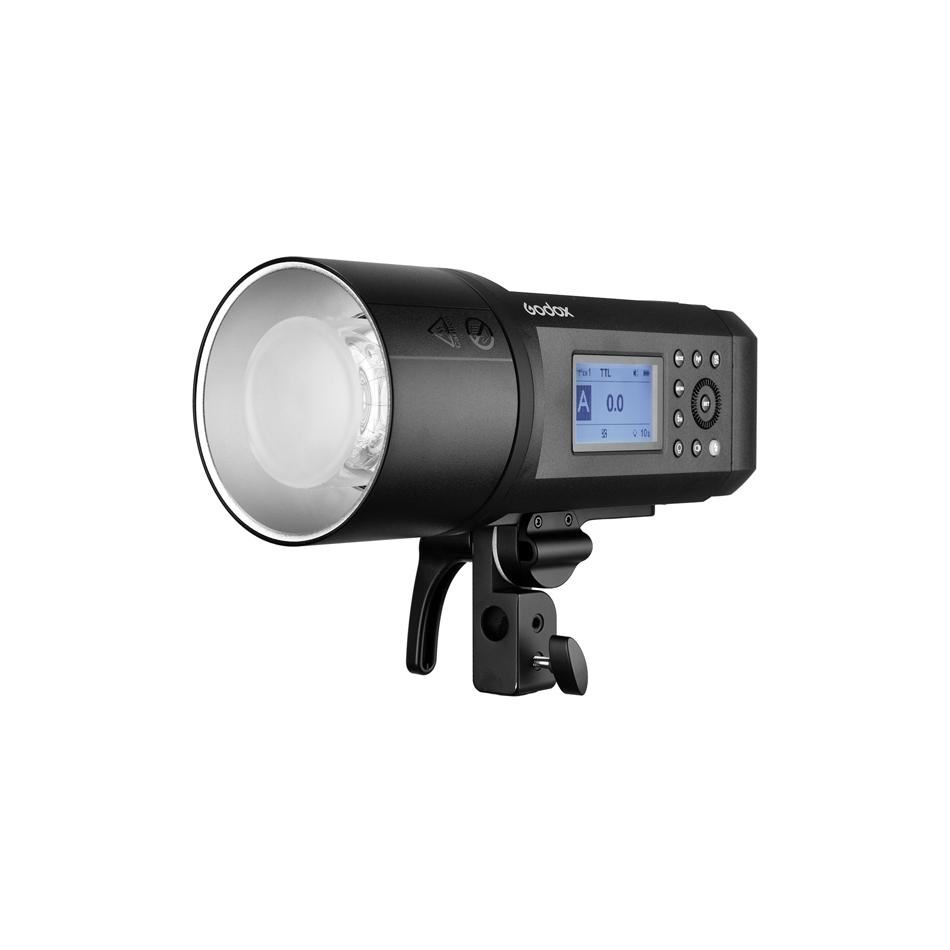
Godox is a Chinese brand well-known for producing affordable strobes, including the iconic AD600 Pro, which was also sold under other brands like Flashpoint.
Godox has been a great alternative, even for other products such as smaller light stands, thanks to its strong balance between affordability and quality.
OUR SPONSOR OF THE DAY : NEONNIGHT.FR
In fact, Godox is arguably the best budget-friendly competitor to high-end brands like Profoto and Broncolor.
The AD600 Pro II
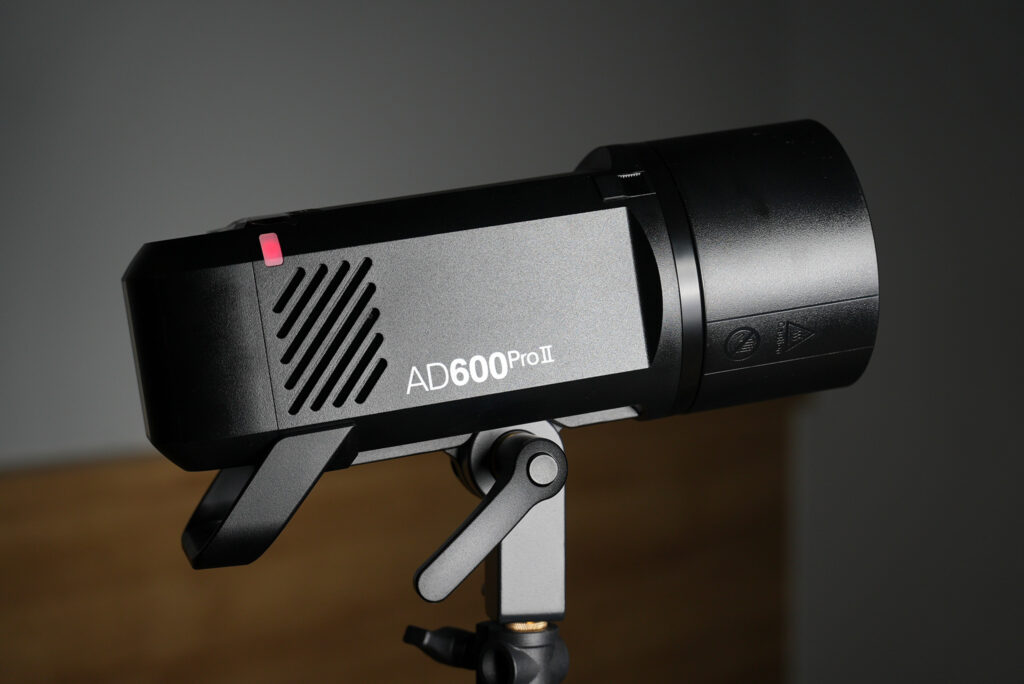
The AD600 Pro II is essentially an updated version of the reliable original. It’s a portable strobe that runs on battery, capable of delivering approximately 500 full-power flashes on a single charge.
It retains the same design and body but adds new features, making most accessories backward compatible.
The AD600 Pro II comes with new features such as :
- A better color stability 5600K ±100K vs 5600K ±200K
- A new color screen and more intuitive interface
- A faster recycling time
- A lower possible output of 1/512 vs 1/256
- A stronger and bi-color modeling LED light
- XPro wireless control compatible with the new X3 trigger
- A more silent fan
- An LED color indicator for group selection
Why using a Strobe in 2025?
Although LEDs are better suited for hybrid video and photo setups, strobes still offer significant advantages.
First, strobes produce a powerful burst of light far stronger than continuous LED output for the same wattage. Second, strobes using xenon technology provide a fuller light spectrum, rendering colors in a more natural and accurate way.
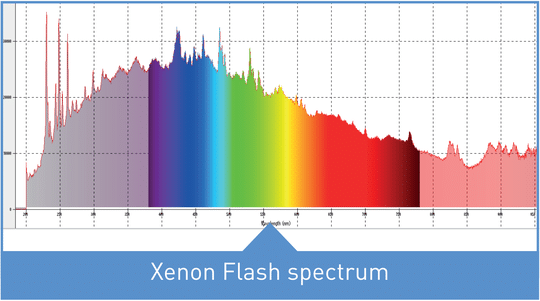
Interestingly, while strobes generally offer more accurate colors overall, each lighting technology has its own strengths. For instance, tungsten and modern LEDs tend to emphasize reds more, which naturally increases saturation in both Asian and Caucasian skin tones.
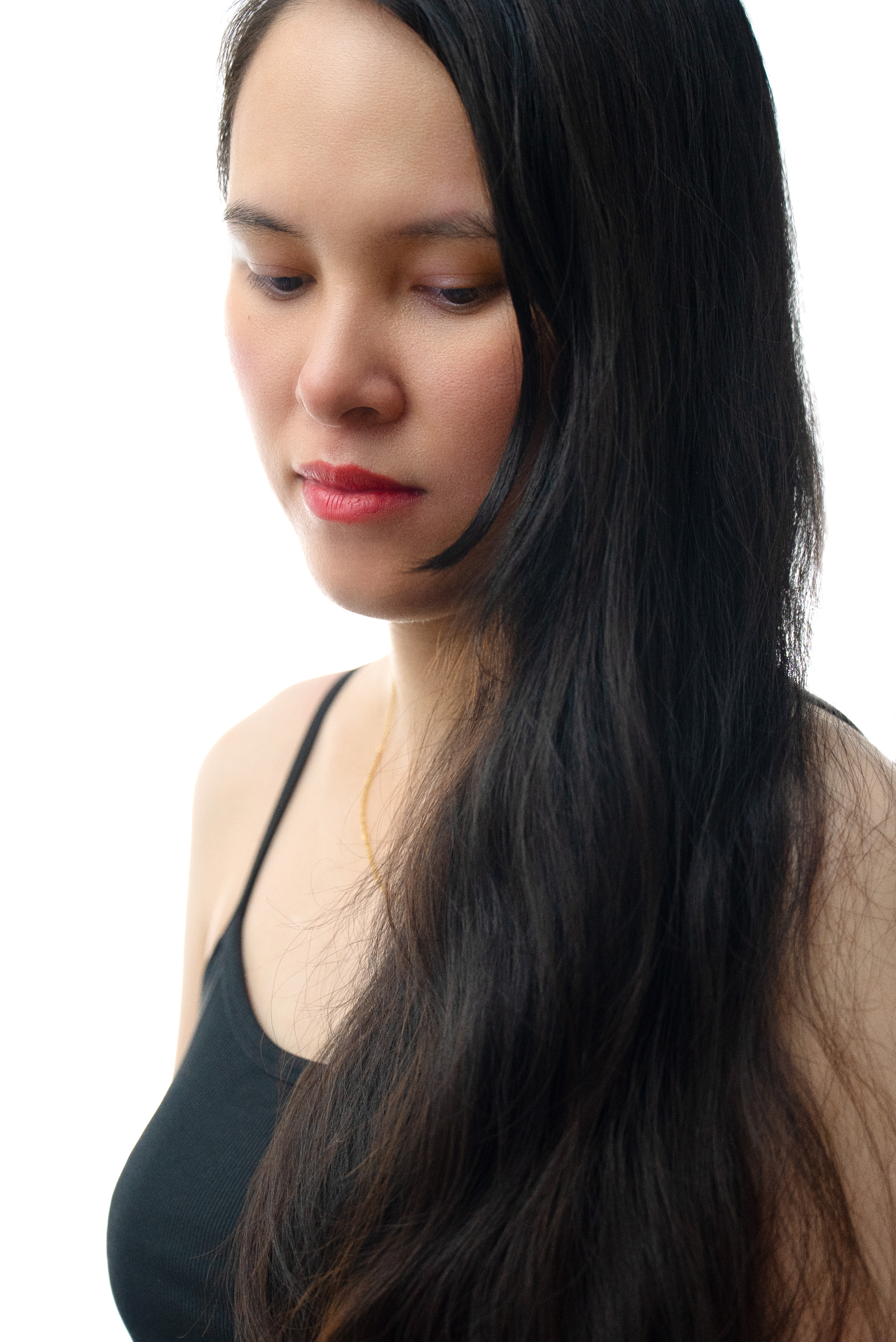
On the other hand, with strobes, warmer tones such as reds and oranges often need to be enhanced in post-production, as they are underrepresented compared to daylight and even LED lighting.
Squinting
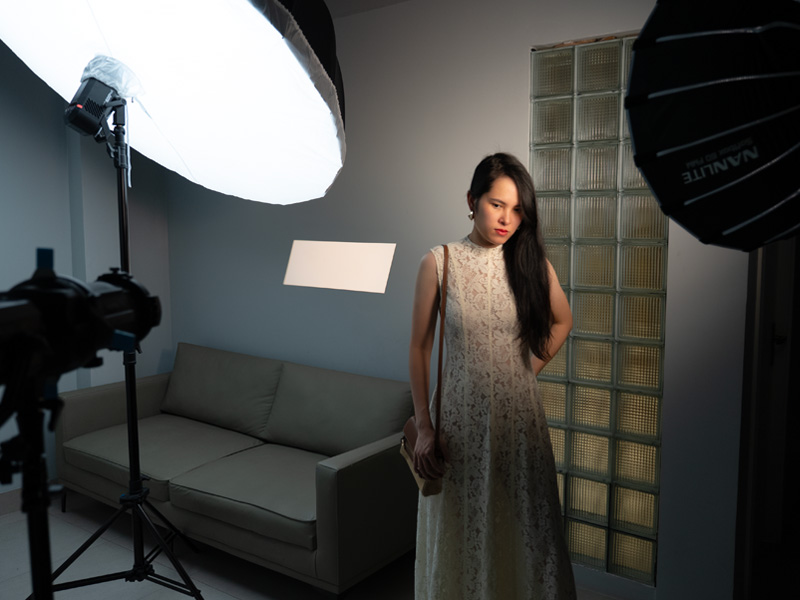
One of the biggest advantages of strobes over continuous LEDs is the issue of squinting. Since a strobe produces only a quick burst of light, the model isn’t forced to squint from the constant brightness. This is especially noticeable when shooting without diffusion.
Heat & Comfort
While LEDs don’t generate nearly as much heat as tungsten lights, they still emit a constant beam that can become uncomfortable to endure for long periods, especially in warm environments. Strobes, on the other hand, remain cool and efficient since the light is only produced in short bursts.
Can it really compare to Profoto strobes?
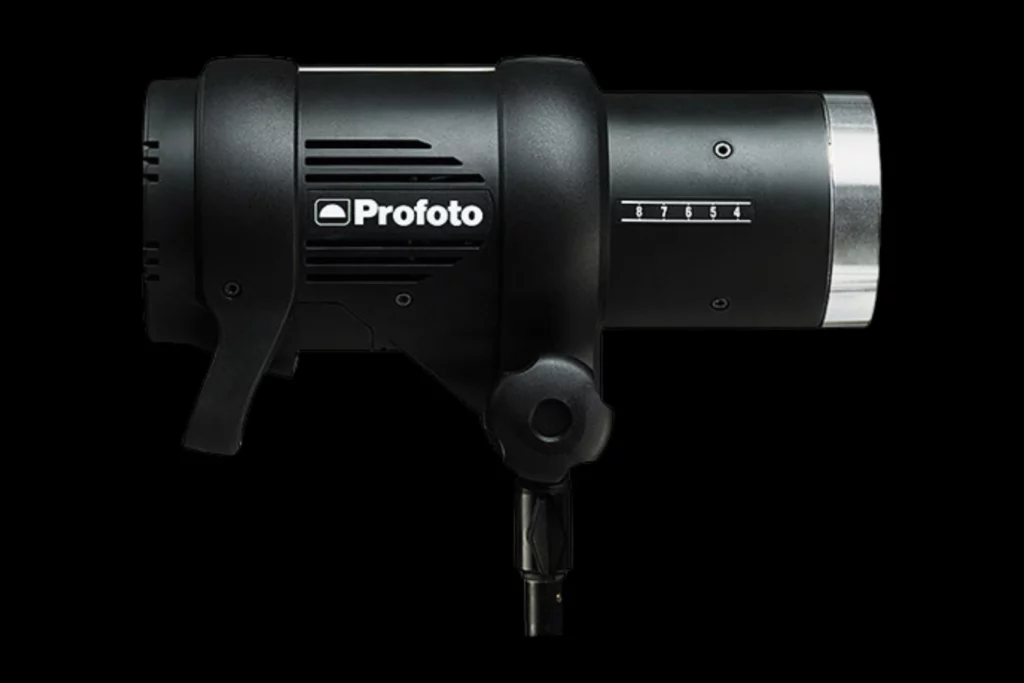
This is arguably the most crucial question, especially since the price difference is literally fivefold. I don’t personally own any Profoto equipment, but I’ve had the chance to try the Profoto D1 once in a studio setting.
What I can say right away is that, even when using very similar setups—Profoto D1 with a Profoto Deep Umbrella White Large versus the Godox AD600 Pro II with the Godox UB-165W—the light rendering looks noticeably different to me.
There are many factors that could cause these differences—even something as simple as having a makeup artist on set can completely change the outcome—so this observation should be taken with a grain of salt.

For the same reasons, it’s difficult to determine whether the difference comes from the strobe itself or the modifier; further testing would be needed. Especially that natural light was also present when using Profoto gear.
To my eyes, the images shot with Profoto gear appeared much closer to natural daylight, whereas the Godox shots looked slightly artificial, similar to what you sometimes get with LEDs.
The main difference was in color rendering: with the Godox, skin tones seemed a bit off—flat, lacking reds, and leaning toward magenta and a uniform odd color. In contrast, Profoto produced realistic warmth and natural reddish hues and transitions, making skin tones look far more lifelike during my studio session.
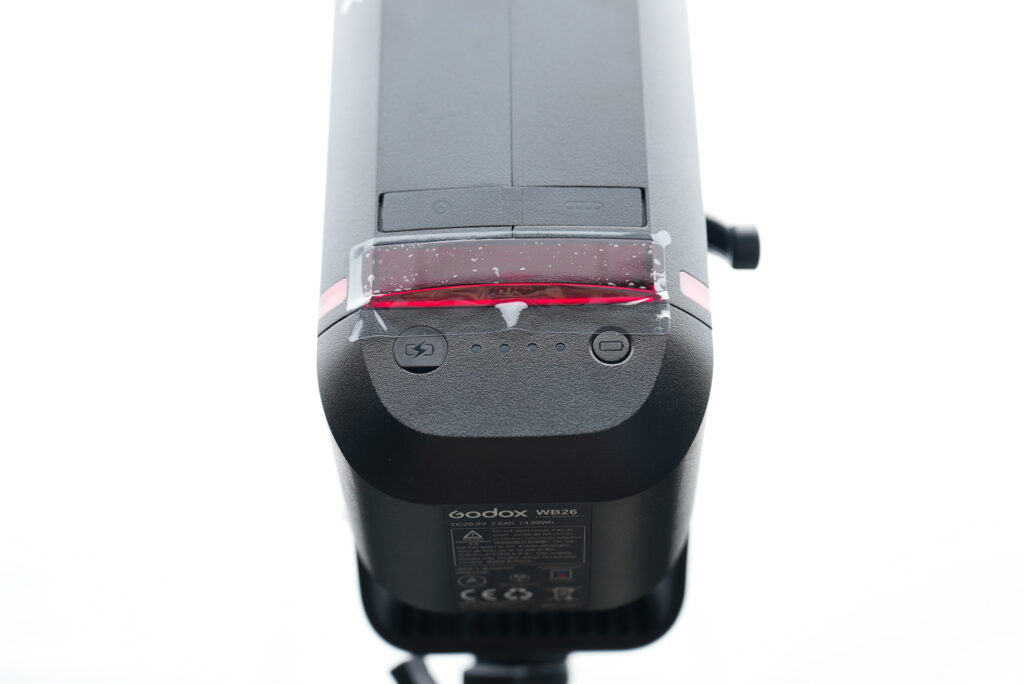
If I had to quantify it, I’d say Profoto delivered near life-like results, around 98% color accuracy, whereas the Godox achieved roughly 85%, and LEDs would be closer to 80% in terms of realistic color reproduction.
It’s unfortunate that there’s no CRI or SSI data to back up this observation, but essentially, the higher the score, the less the light appears as a veil over people’s faces and skin, and the more it feels like actual, natural light.
Overall, once you refine your color correction and post-processing skills, I believe you can make them look nearly indistinguishable. To achieve this, you’ll need to enhance both saturation and vibrance in post as well as tweaking the white balance.
The pros
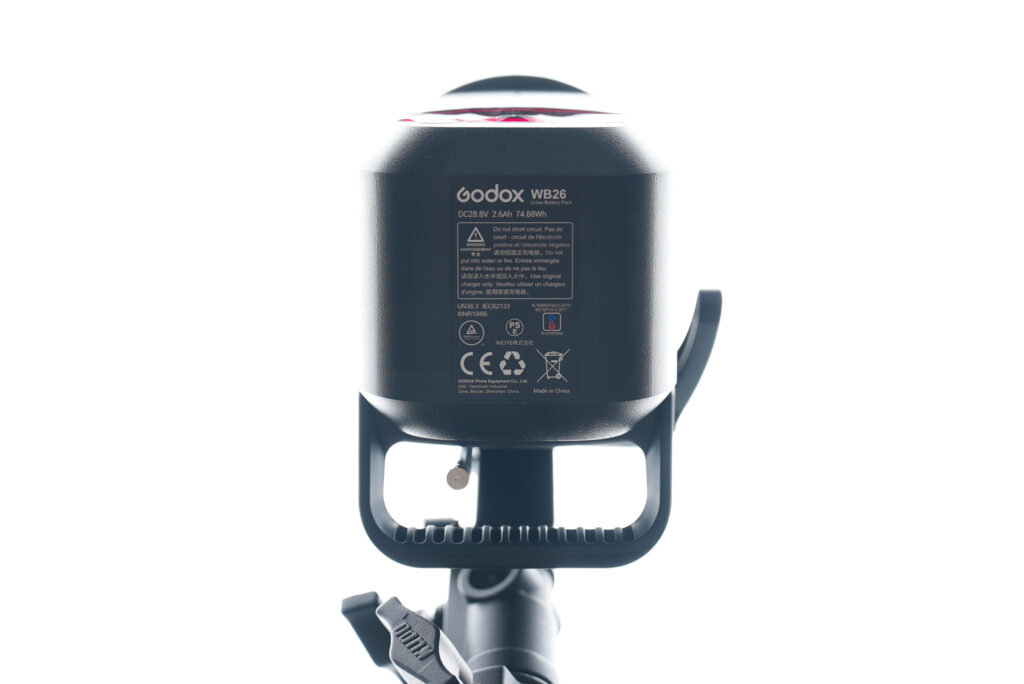
Starting with the advantages, the price is undeniably attractive compared to Profoto gear. We purchased ours for 546 euros in Asia, which feels like a real bargain at that rate.
Being a recent model, it comes equipped with all the essential features you’d expect from a modern strobe. Overall, it probably offers the best value for money when it comes to features. This new version comes with much better ergonomics especially if you are using the Godox X3.
Another major advantage is the use of the Bowens mount, which allows you to attach almost any light modifier compatible with your LED lights, unlike Profoto’s proprietary mount.
The cons
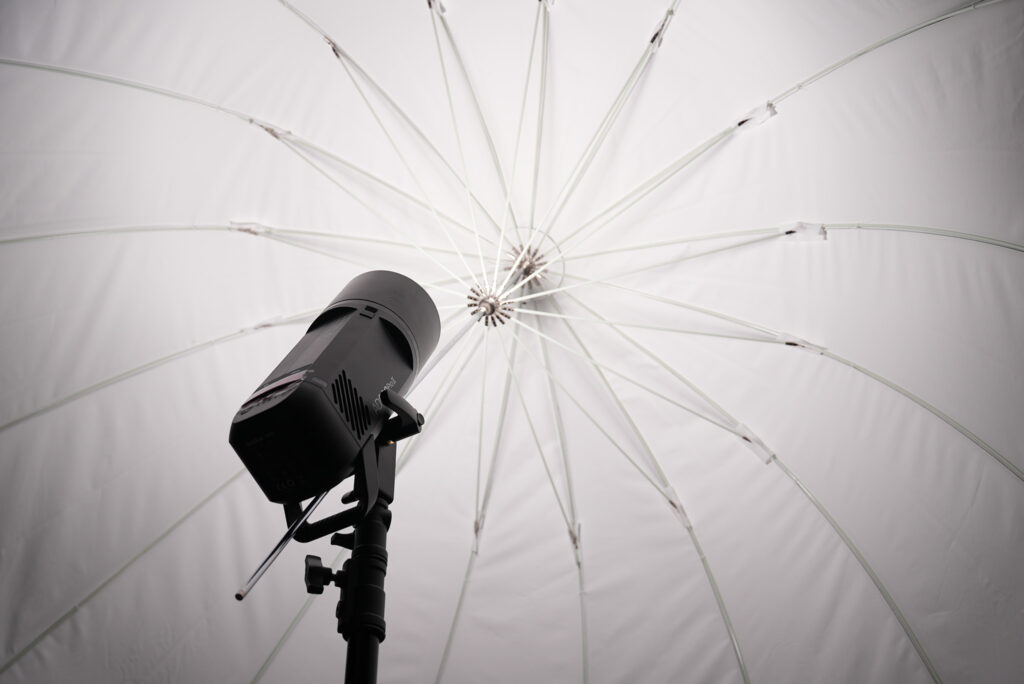
The drawbacks are a bit harder to pin down, since many variables come into play. For me, the ergonomics aren’t quite on par with Profoto, and more importantly, the color accuracy still doesn’t seem to reach the level of even older Profoto units like the D1. The D1 is a 13 years old strobe, by now the technology should be mainstream and affordable.
OUR SPONSOR OF THE DAY : NEONNIGHT.FR
The HSS mode, while very useful for shooting above 1/250 s with my Sony A7S III, produces a noticeable magenta color cast. It appears this happens because HSS works by emitting a rapid series of light pulses rather than a single flash, which affects the overall light quality. I haven’t yet tested other flash brands to see if they handle it any better.
Verdict
8.6 out of 10.
The Godox offers an affordable option capable of delivering impressive results for its price range. With a bit of fine-tuning in Photoshop, such as adjusting saturation, you can achieve results that come surprisingly close to those from Profoto gear in terms of color accuracy.

As a beginner, I initially assumed that all strobes would naturally deliver a spectrum close to daylight, given that xenon gas produces a fairly full spectrum. However, I’ve come to realize that even among strobes, color accuracy can vary significantly between brands.

The real question becomes whether you can achieve acceptable results with the Godox through adjustments, or if you truly need the out-of-the-box precision of the five-times-more-expensive Profoto gear.
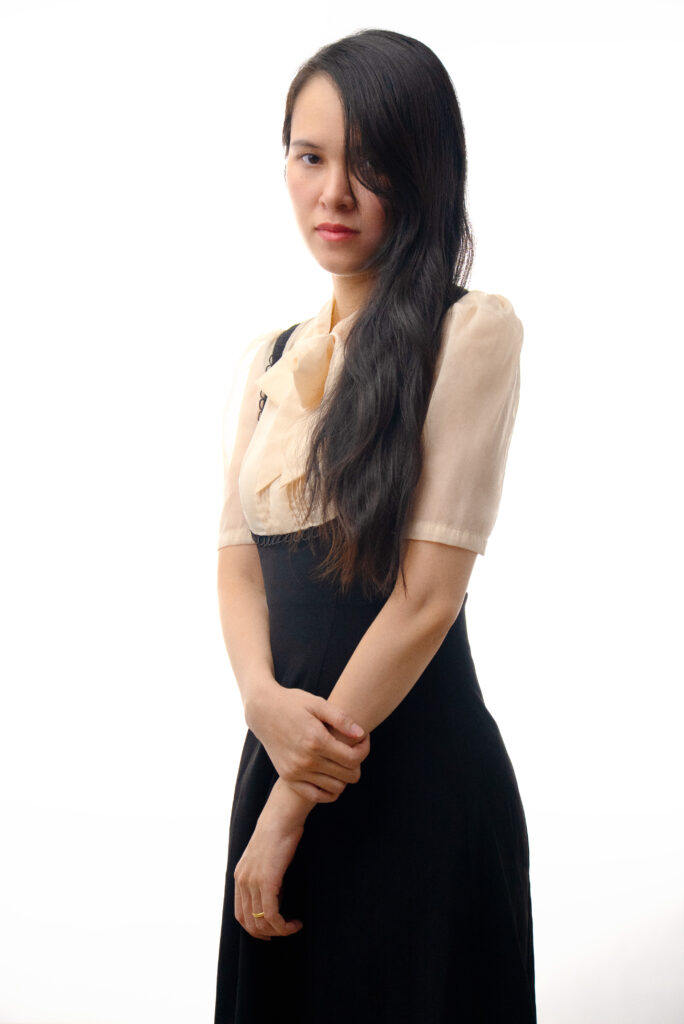
Are strobes significantly better than LEDs for color accuracy? I’d say not as much as I initially thought. While their spectrum appears fuller and more natural, they tend to lack saturation in reds and oranges, so some post-processing is still necessary to get the colors to look right, but once you do, you’ll be very pleased with the results.
Informations
Godox AD600 Pro II
Godox Official Website: https://www.godox.com
Official page: https://www.godox.com/product-b/Flash/AD600ProII.html

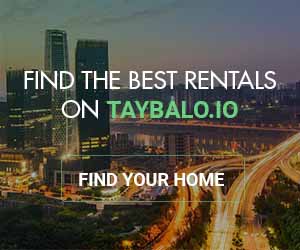

GIPHY App Key not set. Please check settings